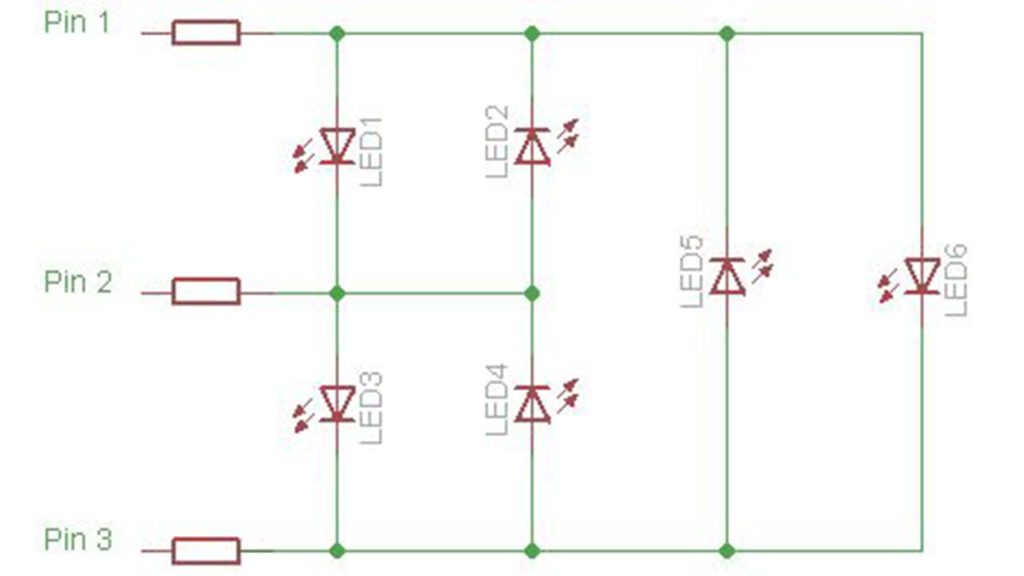Creating a charlieplexed LED grid to run on ATTiny85
This instructable was inspired by my first AVR microcontroller project that I’ve been working on for some time now. I wanted to start learning more about the AVR microcontroller and see how much I could do with the minimum amount of hardware… no extra chips, simple components, etc… just my AVR and my code so […]
Creating a charlieplexed LED grid to run on ATTiny85 Read More »

